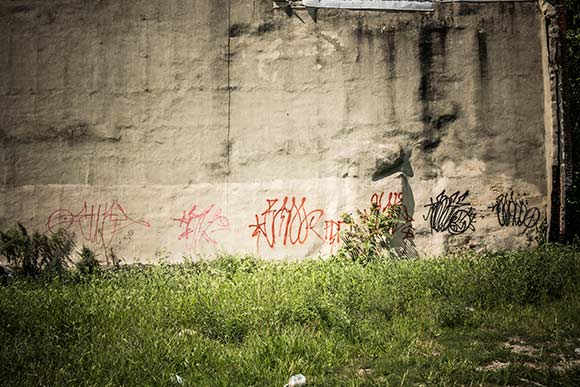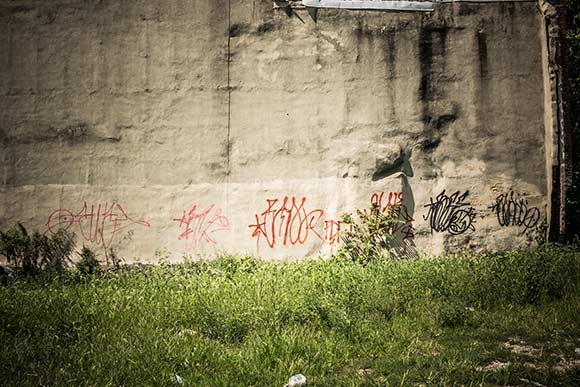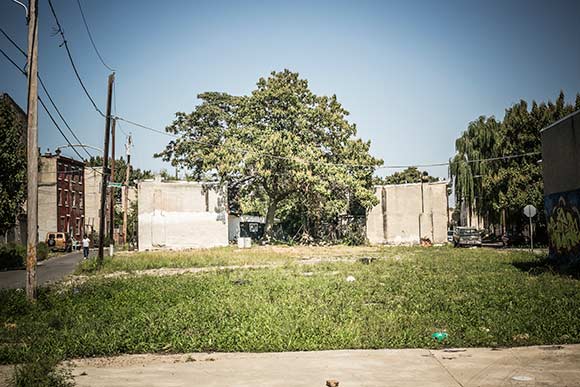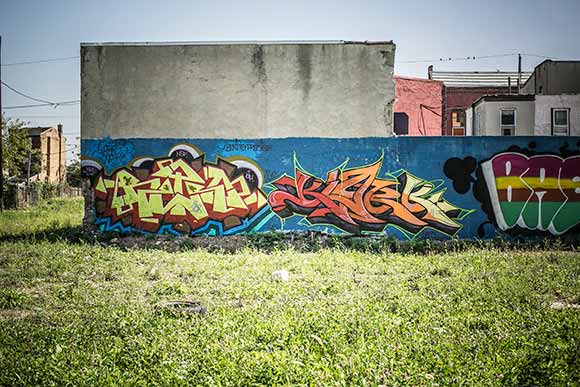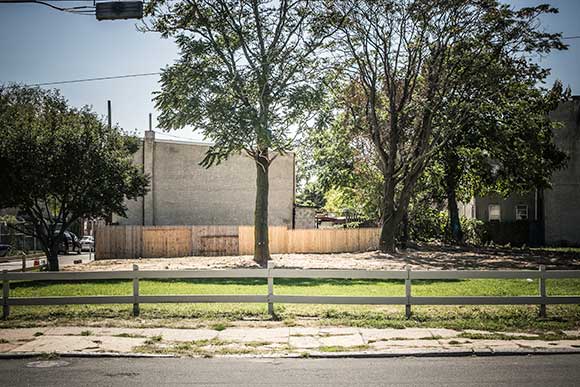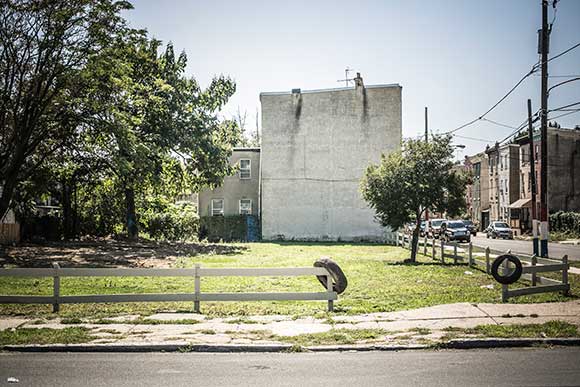Geographically and culturally, there isn’t much debate about Philly’s allegiance: this is the East Coast. As married to this virtue as Philadelphians are, some of the City’s biggest, most glaring urban issues, namely land vacancy and property neglect, are more in line with cities along a different body of water – the Great Lakes – the nation’s well known and oft derided Rust Belt.
When you hear statistics like 40,000 vacant parcels, Detroit’s infamous urban prairies or Cleveland’s fight against foreclosure might be the assumed topic of conversation. In actuality, this is a Philadelphia reality, and it’s a big deal: the City’s vacant land problem (which many believe is closer to 60,000 parcels) accounts for $20 million a year in maintenance costs and an overall loss of $70 million to city and school district coffers.
Bank On It
It doesn’t have to be harped on the city and countless neighborhood associations know the problem all too well. The Philadelphia Redevelopment Authority’s ‘Front Door’ initiative and more recently, the proposed Land Banking legislation circulating City Council, aim to create a more streamlined, less bureaucratic process for redevelopment of vacant land while empowering neighborhoods to strategize holdings and plan the when, where and what of development. The land bank will be especially powerful – it is an economic development tool used by over 75 different communities across the country, mostly in the Rust Belt. The gist behind a land bank is it allows cities to acquire or group parcels in a strategic, clear and concise manner, in an effort to facilitate larger and more attractive development opportunities.
But land banking really flexes its muscle by allowing municipalities to acquire real property or interests and discharge liens and other claims, charges or fines in the process. In Philly – this is especially important as private property tax delinquency is seen as a major obstacle to neighborhood redevelopment.
Philly’s current land banking bill (Bill No. 120052) is backed by councilmember Maria Quinones-Sanchez, who hails from a North Philly district where vacancy and neglect are especially prevalent. According to Sanchez, the bill has received positive reaction from the local urban planning community and City officials alike, but seeing as the bill is currently in Committee, it will likely go through a series of amendments in the ensuing months.
Don’t let that deter the land bank enthusiasts out there – Sanchez hopes to finalize the legislation this year, but does note its passage is somewhat dependent on a similar initiative at the state level. That bill will give Philly and other cities across Pennsylvania a number of powers necessary to robustly implement land banks.
Letting Neighborhoods Decide Their Fate
Come this fall, as the bill goes through the laborious legislative process, expect amendments geared towards increasing neighborhood control over land banked properties. That is, if Marcus Presley and the Campaign to Take Back Vacant Land get their way. According to Presley, the group whole heartedly supports the bill, but believes its current form falls short of giving neighborhoods access to vacant parcels in their boundaries and ultimately deciding their fate. He believes this bottom-up approach to planning is necessary for Philly’s long-term neighborhood sustainability, housing affordability and overall equity, especially in places seeing displacement by means of gentrification.
If history has taught us anything, Presley and his group are on to something; American cities still suffer from long lasting scars of top-down urban renewal policies of the mid-20th century. At a time when suburbs were en vogue and cities were suffering from neglect, these policies were built off the notion that blight should be cured by means of massive demolition, which would in turn clear the way for reinvestment and revitalization.
What we now know is these policies did the exact opposite – neighborhoods that saw wholesale demolition of traditional urban fabrics have only saw problems of neglect and poverty mount, while areas preserved and rehabilitated have since flourished. Today, when flipping through your grandparent’s photos of where they grew up, often in urban neighborhoods that used to be, places that used to flourish, and upon realizing these same places are now large highways, public housing projects, or vacant lots, you probably ask yourself, “What were they thinking?”
Fearing Urban Renewal Part II
You are not alone – the entire New Urbanism movement was born out of a desire to re-create what was demolished years ago. But as land banks have become increasingly popular economic development tools over recent years, and the tantalizing possibilities of land acquisition through state and federal grants that can come with them, urban renewal amnesia seems to be setting in.
In a shocking display of devaluing the economic importance of old buildings, a number of civic leaders are once again using the wrecking ball to spend their grant monies and fight blight. Seen as the easy solution and under pressure to do something quick, cities are opting for the lazy approach to economic development, targeting properties in land banks where a lack of preservation protections makes them the lowest hanging fruit on the economic development vine.
The hardest hit areas are some of the usual suspects dotting the Rust Belt. In Cincinnati, the City is using state and county grants to launch an $11.1 million demolition and redevelopment program aimed at land bank properties. In Detroit, the city is implementing a program to demolish up to 10,000 properties in the coming years. And in Toledo, city officials are also pursuing massive demolition efforts of its land banked properties.
Preserve or Perish
Cincinnati preservationist Paul Wilham knows all too well what policies of ‘blight equals bulldozer’ can do to city neighborhoods. Lately, he’s had a firsthand account of how Cincinnati is directing this mentality towards its land bank properties. And according to him, it’s not pretty: thanks to federal funds for the foreclosure crisis, the city plans to demolish up to 900 homes in its land bank by 2013.
Wilham is an avid believer in the positive effects of preservation of existing buildings on economic development and neighborhood turnaround. And with good reason: according to the Advisory Council on Historic Preservation, studies have shown time and again that building rehabilitation far outperforms new construction in creating economic activity, and that per capita, preservation is one of the highest job-generating economic development tools available.
In a time of scarce resources, officials need to be particularly cognizant of how to spend public funds. When deciding between demolition and rehabilitation, dollar for dollar, preservation wins out. In 2008, for example, approximately $1.128 billion in federal tax credits aimed at preservation stimulated private investment totaling $5.64 billion.
↑ Top
